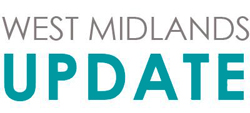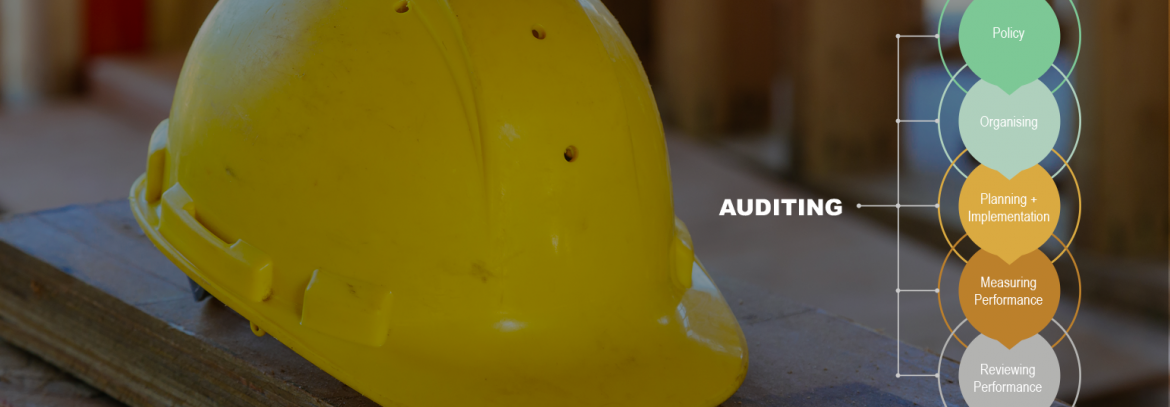While there will undoubtedly be very specific legal requirements for certain types of businesses many requirements apply to all businesses. These include:
• Compliance with the Health and Safety at Work etc. Act 1974
• A documented health and safety policy
• Health and safety training
• First Aid
• Risk assessments
• Fire
• Accident Report Log
The Health and Safety at Work etc. Act
The Health and Safety at Work etc. Act 1974 sets out that it’s the duty of an employer to reasonably ensure the health, safety and welfare of all their employees and others who may be affected by the way that they go about their work.
Employees also have a responsibility under the Health and Safety at Work Act. They must:
• take reasonable care of their own health and safety and the health and safety of those that may be affected by their actions.
• co-operate with their employer to enable them to comply with their health and safety duties
• use equipment and safe systems of work provided by their employer as instructed.
Health and Safety Policy
If you have more than five employees you must have a health and safety policy. This will explain how you will manage health and safety in your business.
It should clearly outline your responsibilities as an employer to protect the health, safety and welfare of your employees. It will also include the responsibilities of your employees to take care of their own health and safety and that of others who may be affected by their actions at work.
Health and Safety Training
You must provide clear health and safety training for your employees, so that they know how to carry out their work safely. It is often the case that this will be included as part of your induction process.
Another important element is to keep a record of who’s undertaken this training and when. This way you can identify when refresher training is required.
In addition to training your employees, you are expected to consult with them on a regular basis. This should be a two-way dialogue; you must keep staff updated with any health and safety developments in the workplace, and listen to any concerns or suggestions they may have.
Risk assessments
As part of managing the health and safety of your business, you must control the risks in your workplace. A risk assessment will help you to identify any hazards, which must then be documented, along with steps that must be taken to minimise these risks.
First-aid
You should have an appointed person responsible for first aid arrangements at your workplace. You do not legally need a qualified first-aider, however it’s strongly recommended. And the number of first-aiders you have should depend on the size of your workforce and the nature of your business.
A suitably stocked and properly identified first-aid kit should be supplied at every work site belonging to your business. Each should contain a sufficient quantity of first-aid materials suitable for the particular circumstances.
Emergency evacuation and Fire plans
You will also be expected to Document and communicate emergency procedures, such as what to do in a fire. Training staff to use firefighting equipment, and taking steps to reduce or remove high fire risks.
Accident report log
Employers are required to record all accidents that take place in the workplace. This reporting will help you to investigate potential risks and prevent incidents reoccurring. There are also incidents that you must report to the Health and Safety Executive which results in a death, fracture of a major bone, injury to members of the public and an accident which means an employee is away from work for 7 days or more. If in doubt it’s always best to seek advice from an expert in health and safety.
For more help with your health and safety management please visit ISA Business Development and Support.

